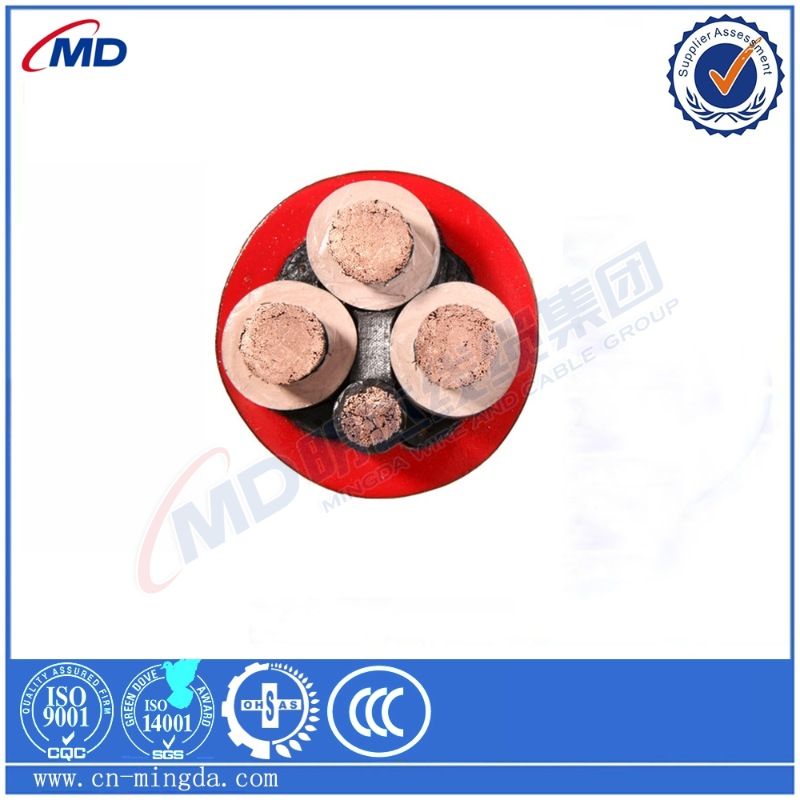Nov . 16, 2024 11:37 Back to list
Understanding the Function and Benefits of Swing Check Valves in Fluid Systems
Understanding Swing Check Valves Functionality and Applications
Swing check valves play a pivotal role in various piping systems, particularly in industries where fluid flow management is critical. These valves are designed to prevent backflow, ensuring the proper direction of fluid movement through pipelines. Understanding their functionality and applications can help in making informed decisions regarding their use in engineering and industrial processes.
What is a Swing Check Valve?
A swing check valve is a type of non-return valve that utilizes a disc mounted on a hinge to allow or block fluid flow. The disc swings open when the pressure from the fluid flow is greater than the weight of the disc, allowing the fluid to pass through the valve. When the flow stops or reverses, the disc swings back into a closed position due to gravity or spring assistance, thus preventing any backflow. This simple yet effective mechanism allows for seamless operation, making swing check valves a popular choice in many applications.
Key Advantages
1. Simplicity of Design The design of swing check valves is straightforward, comprising minimal parts. This simplicity contributes to less wear and tear, resulting in a longer operational lifespan.
2. Low Pressure Drop Since the disc swings fully open, there is minimal resistance to flow, resulting in a lower pressure drop compared to other valve types. This efficiency is particularly beneficial in systems where maintaining pressure is essential.
4. Versatile Applications These valves can handle various fluids, including water, oil, and gases, making them suitable for numerous applications ranging from domestic plumbing to large-scale industrial systems.
swing check valve

Common Applications
Swing check valves are commonly used in many areas, including
- Water Supply Systems They help prevent backflow in municipal water supply systems, ensuring clean and potable water reaches consumers without contamination.
- Wastewater Treatment In wastewater management, swing check valves protect pumps and other equipment from backflow, which could lead to operational inefficiencies or system failures.
- Heating and Cooling Systems These valves are essential in HVAC applications, where they help maintain the correct flow direction in heating and cooling systems to optimize performance.
- Marine and Offshore Industries With the rigorous demands of marine environments, swing check valves are used in various applications, including ballast tanks and fuel lines, ensuring safe operational integrity.
Installation and Maintenance
Proper installation and maintenance of swing check valves are crucial for their effective performance. When installing, care must be taken to ensure that the valve is oriented correctly to facilitate proper flow direction. Regular inspections are necessary to check for any signs of wear or damage, and prompt replacement is essential to avoid potential system failures.
In conclusion, swing check valves are an integral component of fluid management systems across various industries. Their reliable performance, coupled with their efficiency and versatility, makes them a preferred choice for engineers and system designers. By understanding their functionality and applications, one can appreciate the critical role they play in maintaining the integrity and efficiency of fluid systems.
Share
-
Reliable Wafer Type Butterfly Valves for Every IndustryNewsJul.25,2025
-
Reliable Flow Control Begins with the Right Ball Check ValveNewsJul.25,2025
-
Precision Flow Control Starts with Quality ValvesNewsJul.25,2025
-
Industrial Flow Control ReliabilityNewsJul.25,2025
-
Engineered for Efficiency Gate Valves That Power Industrial PerformanceNewsJul.25,2025
-
Empowering Infrastructure Through Quality ManufacturingNewsJul.25,2025